Unisex toilet, meaning one for all.
Discussion about the advantages and disadvantages of "toilets for all genders" has been going on for a long time. After all, the question of gender diversity arises almost every day when we go to a public toilet. Let's find out how this conflict can be resolved through the design of unisex toilets and how it is done in Germany today.

The culture of using the toilet has always been shaped by social conventions and rituals. In ancient Rome, people sat next to each other on marble latrines and "took care of business". Until the 18th century, people relieved themselves outdoors. With the invention of the flush toilet, using the toilet became more private and was moved behind closed doors. Separate toilets for men and women in public spaces were only introduced in the 19th century in Great Britain, when women began to work. According to the moral norms of the Victorian era, women were considered in need of protection.
New VDI guidelines for designing unisex toilets
In light of current discussions about "gender diversity", the question arises whether and how separate toilets in public places can be redesigned to also allow non-binary, intersex, and transgender individuals to use them freely. In Germany, this debate gained momentum in the summer of 2022. The revision of the VDI 6000 guidelines by the Association of German Engineers now also describes the design of gender-neutral toilets in public spaces. The Ministry of Labor and Social Policy will also supplement regulations in this area. Currently, the standard is that a shared toilet can only be installed in companies with up to five employees. Otherwise, separate toilets must be installed.
Unisex toilets in public buildings have their pros and cons. The advantages include gender equality and avoiding discrimination. Non-binary, intersex, and transgender individuals no longer have to choose a gender when using the toilet and risk exclusionary reactions. Parents with children can also use these public facilities more easily and without conflicts of interest. Additionally, unisex toilets take up significantly less space. According to Dirk Lange from Kadawittfeldarchitektur, they can save up to 40% of space compared to separate toilets. It turns out that they are even cleaner, as shown by the experiences from Sägefeldschule school in Ulm. Another advantage: the typical queues in front of women's toilets could be avoided.
Protective zones for women
However, there are concerns that shared toilets will deprive girls and women of safe spaces. "Under the guise of diversity and inclusivity, women's rights to privacy, dignity and safety are violated," writes Hanna Dahlberg on the feminist website stoerenfriedas.de. Feminists emphasize that separate toilets are an achievement in women's rights. There are also other arguments. The United Nations organization states that in the global south, girls primarily attend school when there are separate, lockable toilets. Especially in other cultures with different customs and religions, such as Muslim countries, it is difficult to imagine giving up separate toilets.
Spread in public buildings, educational institutions, offices
In Scandinavian countries, universal toilets are already widely available, as well as in Australia, New Zealand, and some states in the USA. Toilets on airplanes and trains, as well as toilets for people with disabilities, are naturally gender-neutral. For example, in 2016, the state of New York decided to convert all existing single-occupancy public toilets into gender-neutral toilets. Berlin also decided in 2016 to introduce unisex toilets in public buildings. In recent years, educational institutions, such as schools and universities, have been at the forefront in Germany in implementing shared toilets - it is primarily young people who are particularly interested in gender issues. Shared toilets are much less common in offices.
Examples of use
There are examples, however: the office of the American internet company Mozilla, designed by De Winder Architekten, has such sanitary facilities. The German Football Association also presents a diverse toilet on its new campus in Frankfurt am Main. This is justified by the fact that "everyone feels welcome here and can use the toilet without any problems". Nevertheless, in most cases, separate toilets for both genders are also available.
Diversity of options
Unisex toilet design can differ from traditional toilets, but it doesn't have to. It depends on whether we are dealing with existing infrastructure or a new building, with single or multiple toilets, and how many people use them. And finally, the guidelines vary depending on the type of public building. The toilet itself as a product is gender-neutral, as Villeroy & Boch says. Therefore, the product form will not change. In the case of urinals, it is a different discussion, although there are urinals for women, of course. But more on that later. In most cases, we are dealing with existing facilities: If building regulations allow it, separate toilets can be made available for everyone by changing their name. There are different options: for example, a women's toilet can be made available for everyone. However, it is better to convert the men's toilet into a unisex toilet to maintain a safe zone for women. However, practice shows that this way the gender division is maintained. Of course, both the men's and women's toilets can also be adapted for universal use. Making the disabled toilet available for general use is not recommended due to protection against discrimination.
Transformation through pictograms
Regardless of the decision made, the transformation involves new labeling. The proven and preferred names by the non-binary community are "Toilet for all genders", "Restroom for all genders" or simply "Restroom" or "Toilet". Pictograms are also used. At the Museum of Modern Art in Frankfurt, stickers with appropriate sanitary facilities are now displayed in the toilets. In other places, typical gender symbols for women and men are added. However, there are many variations for non-binary individuals. Often, a pictogram can be seen depicting a person with pants on one side and a skirt on the other. This refers to gender stereotypes and should therefore be critically evaluated.
Recommendations for designing toilets for all genders
The easiest way is to build new toilets: then you can also arrange a "toilet for all genders". Certain design guidelines should be followed to ensure protection, privacy, and meet the hygiene requirements of users. It has worked well to provide transparency in the toilet lobby: the space with sinks should be partially or completely visible from the outside. This gives a sense of security against potential attacks. This space should not be too cramped either: more space is more pleasant for users, as they do not have to be too close to each other. If you have a lot of space, sinks can be installed in individual stalls. This provides even more privacy, but it is more expensive.
Next, the main decision is the installation of urinals. Supporters emphasize their space-saving feature. However, urinals for men are a product that is specific to one gender. Those who want to design for all genders should at least place them behind closed doors, if not completely eliminate them. Many women and non-binary individuals often feel uncomfortable seeing a typically male urination position. Toilet stalls, on the other hand, are accessible to everyone. When designing stalls, it is important to have walls and doors that reach from floor to ceiling. They provide both visual and sound privacy. However, their construction can be more complicated, especially when it comes to lighting and air conditioning. It is also recommended to equip each toilet with separate, lockable waste containers so that women do not have to carry used tampons or pads to a trash can in the hallway.
User-focused research at the beginning
One thing is certain: there is no one universal solution for toilets for everyone. It is primarily a cultural task that requires careful analysis of needs and user-oriented and thoughtful design. Discussions are inevitable - there will be supporters and opponents, especially at the beginning. Both sides should be listened to and respected; decisions will vary. If specific requirements for designing toilets for all genders are taken into account, social acceptance will increase after their use. "Accepting all genders is associated with safe intimacy. When it is ensured, one can focus on aesthetic design and good functionality in bathroom equipment," summarizes Roger Furrer, Director of Global Marketing at Swiss sanitaryware manufacturer Laufen.



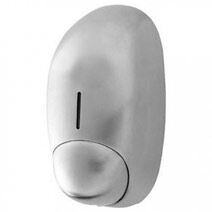

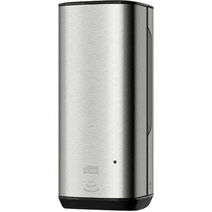
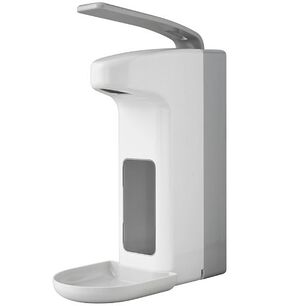

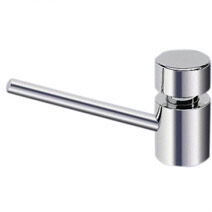




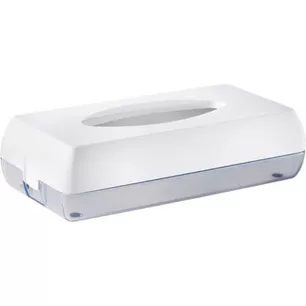
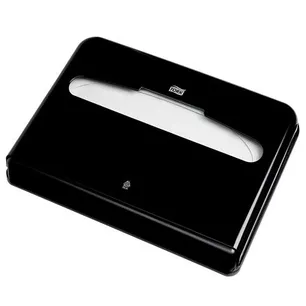
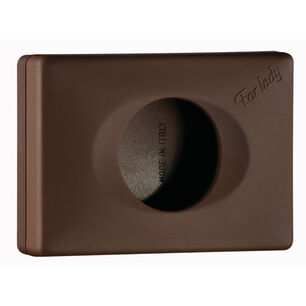
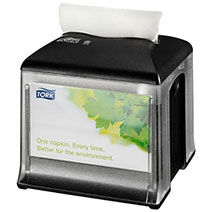

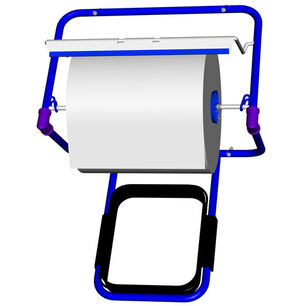
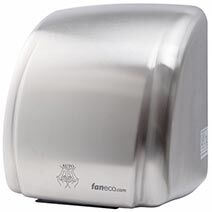
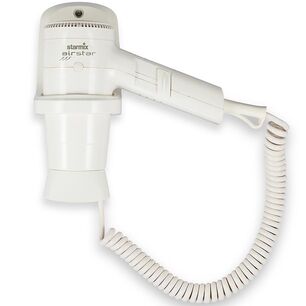
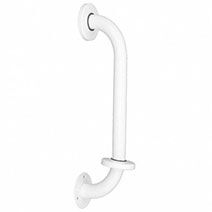
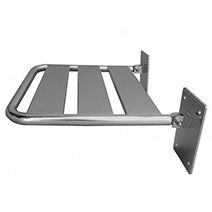
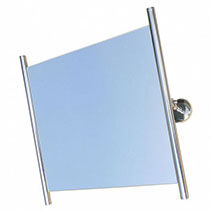
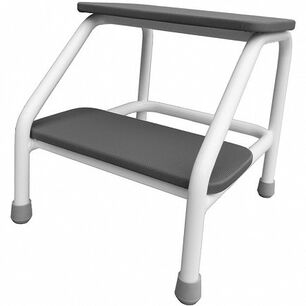
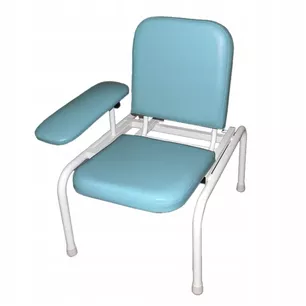




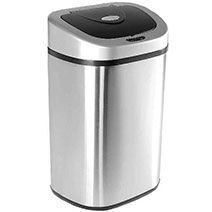
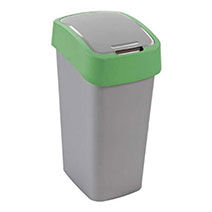
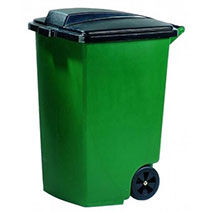




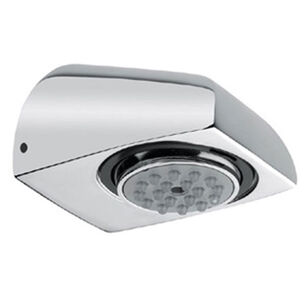
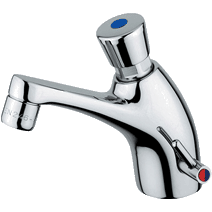
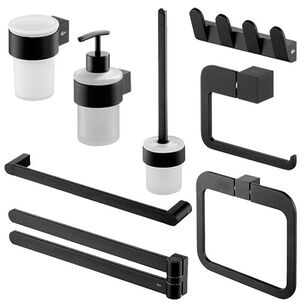
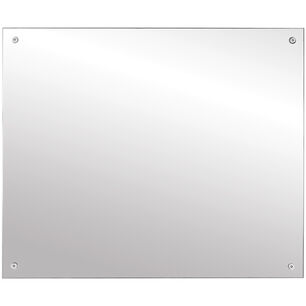



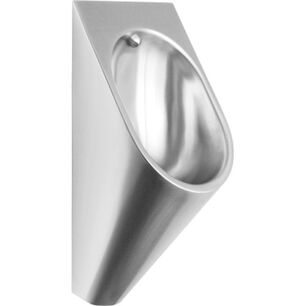
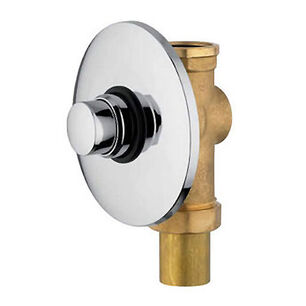
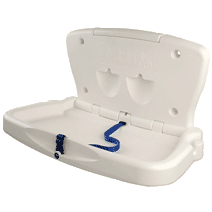


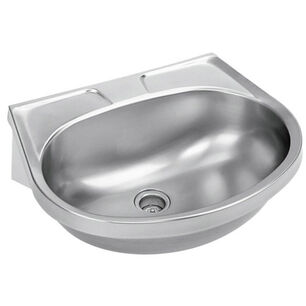
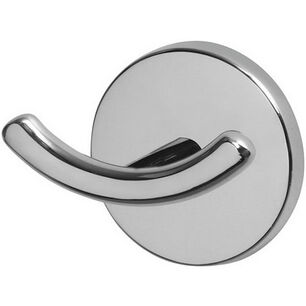
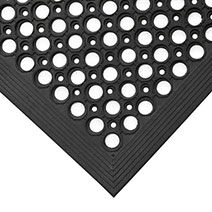
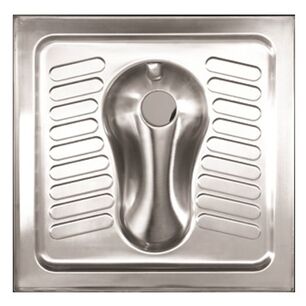







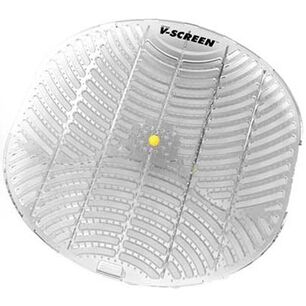







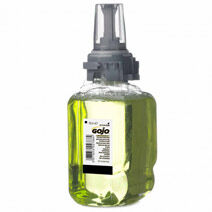








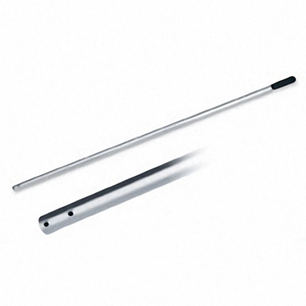
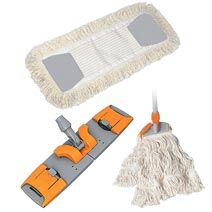

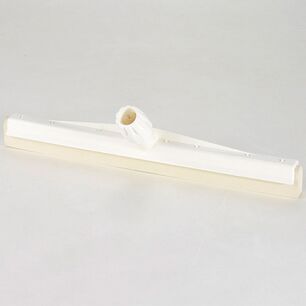

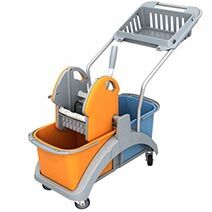


 Polski
Polski
 Czech
Czech
 German
German
 Spanish
Spanish
 Slovak
Slovak